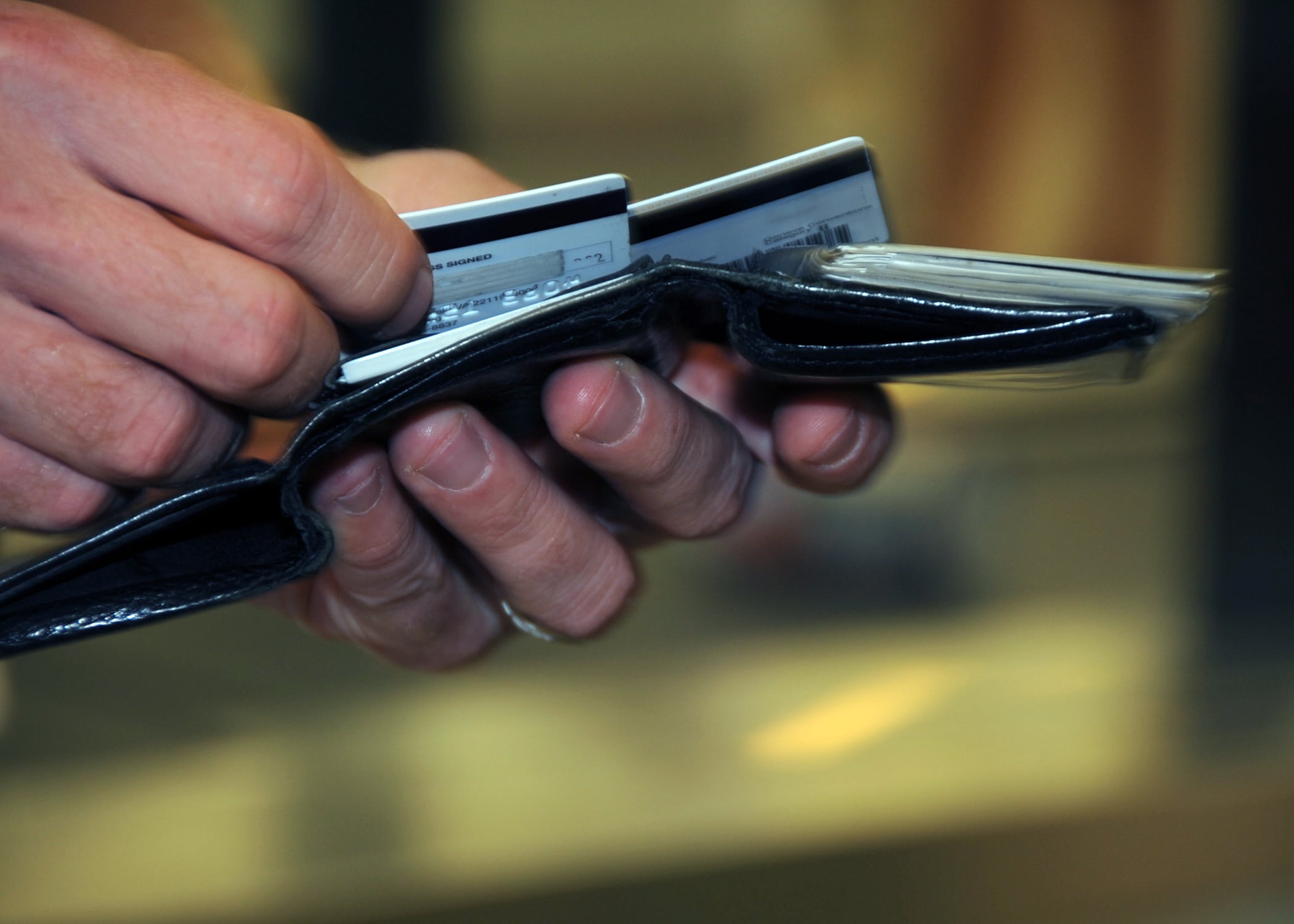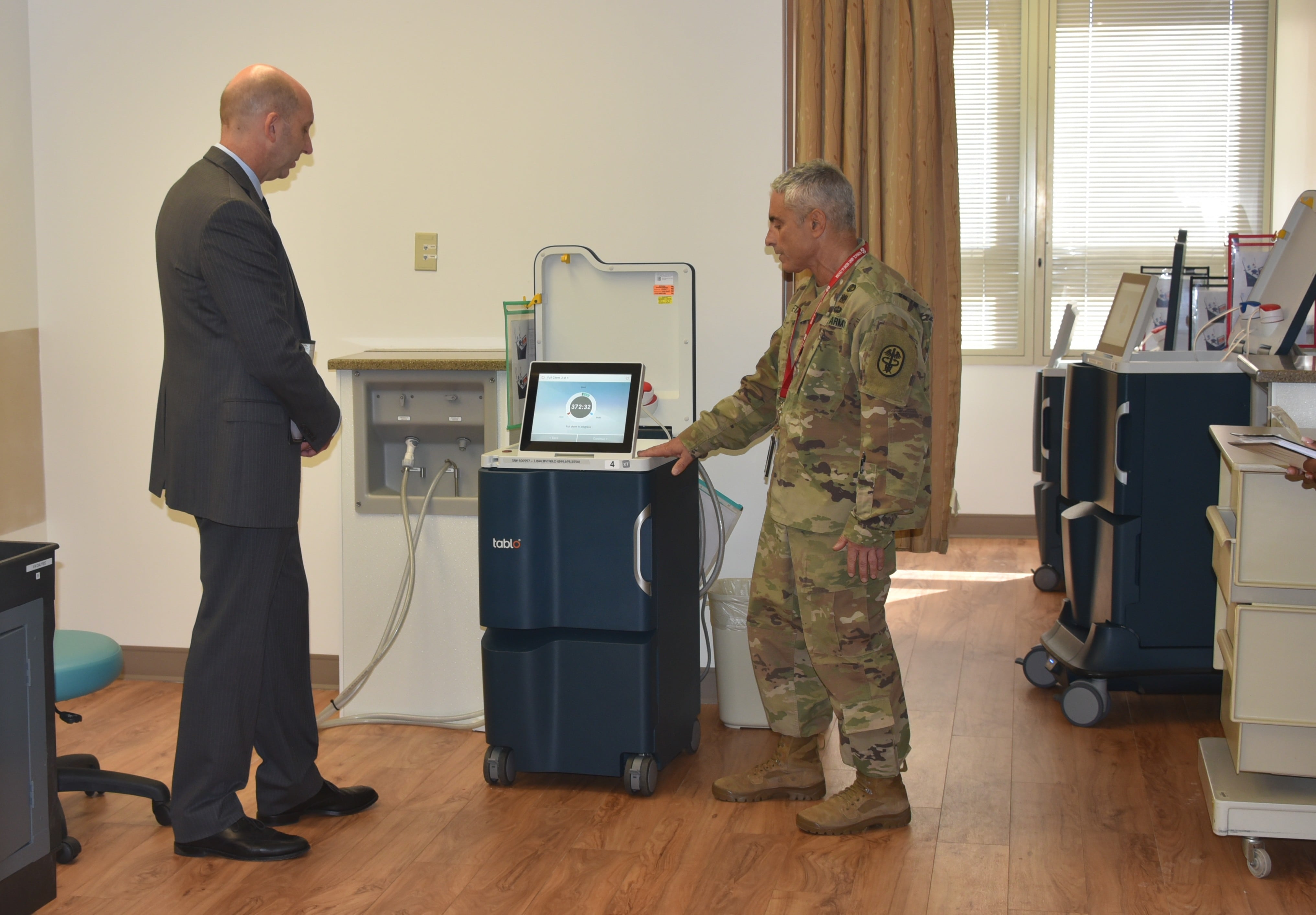For nearly 20 years, the reflective glow belt has been saving the lives of service members out for a morning run or en route to the deployed Green Beans coffee hut.
Well, that’s probably what the brass thinks.
The reflective glow belt has been the scorn and ridicule of U.S. troops deployed across the globe since the kick off of the war on terror. But now Marines have found an actual tactical use for the iconic safety belt.
Deployed to Australia as part of a rotational force, a group of Marines at the Mount Bundy training range decided to slap a glow belt on a small quadcopter drone to aid in battlefield situational awareness between machine gunners and maneuvering grunts.
Apparently, the harsh terrain and thick vegetation in the Australian wilderness made it difficult for machine gunners to gauge the location and lead trace of maneuvering grunts.
“One way we fixed that was utilizing the drones,” Cpl. Elias Isenhower, a squad leader with 2nd Battalion, 4th Marines, said in a video posted by the Marine Corps. “What we had done was strap a glow belt around the Instant Eye, that way guns could see our lead trace while we were maneuvering down in the maneuver box during the live fire.”
In a way, it breathes new life to the Corps’ old mixed martial arts mantra of “one mind, any weapon.” While the glow belt isn’t necessarily acting as a weapon, it is helping direct accurate fires and maneuvering grunts to close with and destroy the enemy.
The Instant Eye is a small tactical quadcopter drone issued to Marine infantry squads as part of a program called “Quads for Squads” and supported by Marine Commandant Gen. Robert B. Neller.
The Marines, along with French and Australian troops, were at the Mount Bundy training range in Australia for a ten-day platoon and company live fire exercise dubbed Koolendong.
Over 1,500 Marines are in Australia as part of a rotational training force. It is the largest deployment yet to Australia.
U.S. and Australian officials vowed to boost that number to 2,500 soon.
Shawn Snow is the senior reporter for Marine Corps Times and a Marine Corps veteran.





